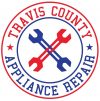Leaky washing machine fixes: 5 DIY tips
In the realm of modern household appliances, the washing machine stands as a true hero. It tirelessly tackles our dirty laundry, making our lives infinitely more convenient. However, even the most dependable appliances can encounter issues, and one of the most common and vexing problems is a leaky washing machine. The mere thought of water puddles and potential damage can send shivers down any homeowner’s spine. But worry not, for we, the seasoned experts in the realm of appliance repair services, are here to lend our expertise.
Identifying the Leak: The First Crucial Step
Before we embark on our journey through the world of DIY fixes, it’s imperative to identify the source of the leak accurately. This step is pivotal, as the success of your repair endeavors hinges on pinpointing the issue correctly. Here’s how you can go about it:
Step 1: Prioritize Safety
Your safety should always come first. To ensure a secure environment, begin by unplugging your washing machine from the power source and turning off the water supply. It’s also advisable to lay down towels or have a bucket on standby to catch any excess water that may escape during your inspection.
Step 2: Scrutinize the Hoses
One of the most prevalent causes of a leaking washing machine is damaged hoses. Take a close look at both the inlet and outlet hoses. Search for any telltale signs of trouble such as cracks, tears, or visible wear and tear. If your keen eye spots any of these issues, it’s time to replace the hose.
Step 3: The Rubber Door Seal
Now, shift your attention to the rubber door seal or gasket. This component is crucial to maintaining a watertight seal during the washing process. Sometimes, foreign objects or debris can become lodged within the seal, leading to leaks. To address this, clean the seal meticulously and inspect it for any visible damage. If the seal is compromised, it’s imperative to replace it.
Step 4: Delving Deeper into the Water Pump
The water pump plays a pivotal role in draining water from your washing machine. A malfunctioning pump can, unfortunately, result in leaks. To assess the pump, you may need to remove the front panel of the machine. Once you’ve gained access, be on the lookout for any obstructions or signs of damage. Should you discover any issues, replacing the water pump can often serve as the solution.
Step 5: A Thorough Examination of the Tub
In rarer cases, a cracked or damaged washing machine tub can be the elusive source of your woes. This represents a more complex repair and may necessitate professional assistance. If you suspect a damaged tub, it’s best to seek the expertise of a qualified appliance technician.
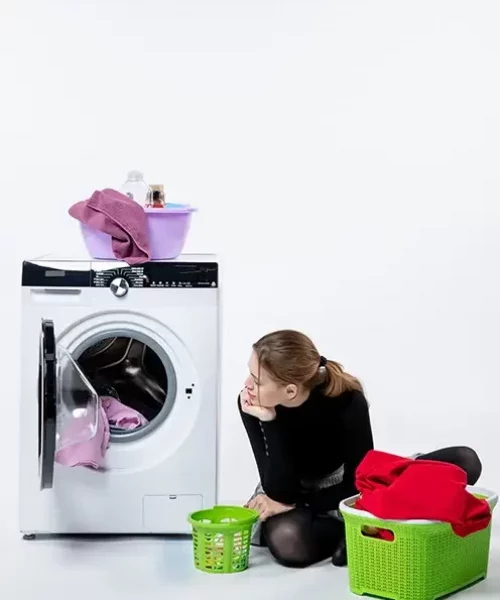
The Art of DIY Fixes: Unleash Your Inner Handyman
Now that you’ve successfully deciphered the origins of the leak, it’s time to roll up your sleeves and delve into the top 5 DIY fixes for a leaky washing machine. Armed with these solutions, you can confidently address the issue in the comfort of your own home.
1. The Hose Replacement
If your inspection revealed issues with the hoses, this DIY fix is the way forward. Start by procuring high-quality replacement hoses, adhering closely to the manufacturer’s installation instructions. Ensuring a secure and proper installation is paramount, as this simple step can often spell the end of your leaking woes.
2. The Revival of the Door Seal
For those grappling with leaks stemming from the door seal, a comprehensive cleaning regimen can work wonders. Utilize a mild detergent and warm water to meticulously clean the seal, removing any obstructions or debris that may have taken refuge within. Regular maintenance in the form of cleaning can serve as a preventative measure against future leaks.
3. The Battle Against Pump Clogs
Should your inspection uncover a clogged water pump, fear not – you can tackle this issue yourself. Carefully disassemble the pump to access its impeller and eliminate any debris or blockages that have taken residence within. Following this, reassemble your washing machine and conduct a thorough test to ensure the leak has been vanquished.
4. The Pursuit of Balance: Adjusting the Feet
Sometimes, an unbalanced washing machine can be the culprit behind your woes. Take a moment to check if your machine sits level by adjusting the feet at its base. A perfectly level machine is essential for proper drainage, and this simple adjustment can serve as a preventative measure against future leaks.
5. The Crucial Tightening of Loose Connections
Inspect all connections and fittings within your washing machine. Loose connections can often result in leaks. Armed with the appropriate tools, diligently tighten any loose nuts, bolts, or clamps to ensure a secure and snug fit.
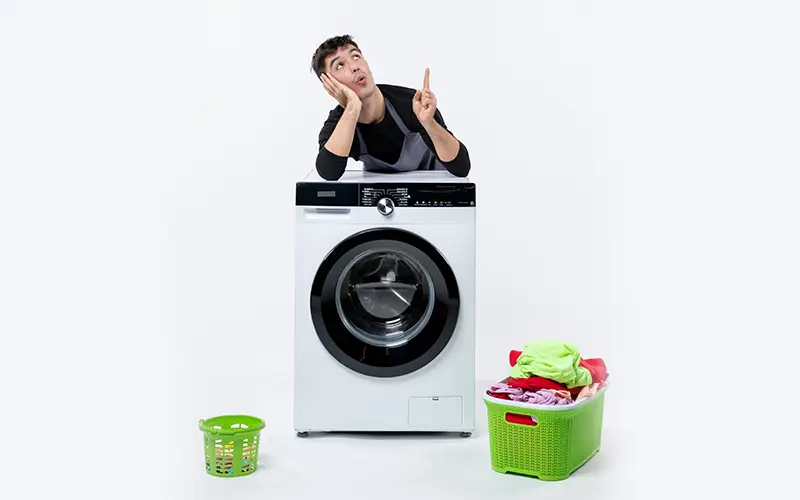
Your Path to a Leak-Free Washing Machine
A leaky washing machine need not be an insurmountable problem. Armed with the right knowledge and a dash of DIY spirit, you can address and resolve this issue without the need for costly repairs or professional services. Remember, safety is paramount, and identifying the source of the leak accurately is key. Armed with our expert recommendations and the courage to take action, you can conquer the challenge of a leaky washing machine with confidence. If you face any washing machine problems that you can’t solve, trust Travis Appliance Repair Services to be your reliable partner on the journey to hassle-free laundry days.
Frequently Asked Question
Check for water pooling around the machine or any visible signs of water escaping during a wash cycle.
It’s not recommended. It’s best to replace the damaged hose to ensure a proper fix.
If you’re comfortable with basic DIY tasks and follow safety precautions, it can be safe. However, if you’re unsure, it’s wise to consult our professional.
It’s a good practice to clean the pump every few months to prevent clogs and leaks.
If DIY solutions don’t work, it’s time to call our professional washing machine repair service for a thorough assessment.
Yes, prolonged leaks can damage the flooring and surrounding areas, so it’s crucial to address the issue promptly.
amazing things you didn't know about Appliance Repair
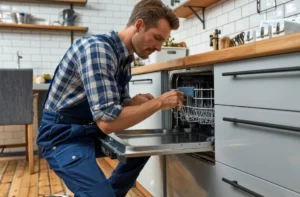
5 Tips on How to Choose a Dishwasher Repair Technician
5 Tips on How to Choose a Dishwasher Repair Technician Why a Trustworthy Dishwasher Repair Technician Matters? When your dishwasher breaks down, it can quickly disrupt your daily routine and cause frustration. Promptly addressing the
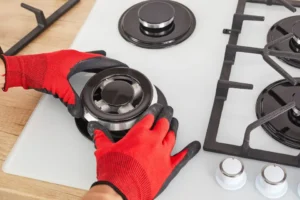
Why Won’t My Gas Stove Ignite? Common Issues and Solutions!
Why Won’t My Gas Stove Ignite? Common Issues and Solutions! If you’ve ever faced the frustration of a gas stove that won’t ignite, you’re not alone. Understanding common gas stove problems can help you address
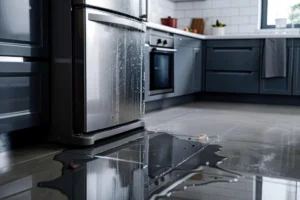
How to Handle the Most Frequent Refrigerator Issues?
Most Frequent Refrigerator Issues and How to fix them Refrigerator: Our Best Friend in Modern Life! Modern life wouldn’t be possible without refrigerators, which keep our food safe and fresh. However, like any essential appliance,
